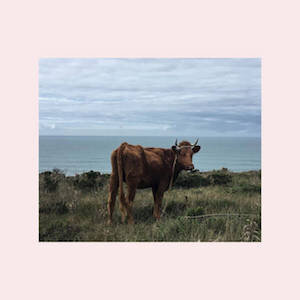Label: Rataplan Records, 2021
Personnel - Devin Gray: drums; Ralph Alessi: trumpet; Angelica Sanchez: piano.
Melt All the Guns, a bass-less, socially conscious triangular effort led by drummer/composer Devin Gray, comprises five pieces recorded in 2019 after some concerts in Canada and the US with trumpeter Ralph Alessi and pianist Angelica Sanchez. Presented not only with consistent tightness and discipline but also freedom, this selection is Gray’s response to the increase of gun violence in recent years, a social tragedy that daily affects hundreds of lives around the world.
“Think About It” boasts a temperate main theme propelled with a marching quality and a middle section that sits over accents, dynamics and rhythm excitement. The threesome moves naturally with an adventurous posture and a perfect understanding of their capabilities. In this way, their musical affinity is also in plain view throughout the elegantly sculpted “Micro Waves”, where the palpable form and the outstanding tonal balance contribute to the positive impact. With Gray and Alessi pulling off a particular rhythmic figure, Sanchez’s powerful pianistic musings shape into a chord progression that is breathtaking in its beauty.
“Jet Lag Party” starts in meditative mode, but then engages in free playing to go beyond bar lines and build tension. Alessi’s buzzing sounds and crisp, fleet phrases find a rich backdrop in the single-note pirouettes and chord crashes of the piano along with the agitation of the hi-hat and snare drum.
The album ends peacefully with the softly lyrical “Protect the Environment”, but not before a limber exploratory protest takes place with the title track, which flourishes with moments of profound reflection and energetic indignation.
The only problem with this record is its short duration, a fact that won’t stop you from fully enjoying it with an open heart.
Grade A-
Favorite Tracks:
01 - Think About It ► 03 - Micro Waves ► 04 - Melt All the Guns








































